A women not conceiving in the first years of a marriage isn't uncommon and the cause could be any number of things, one being Henry himself with his pious and saintly ways, after all he was no Henry I ! However, in the first few weeks of January 1453 Margaret and Henry were at Greenwich, they were there to confer knighthoods on Henry's half brothers Edmund and Jasper Tudor and at the same time create them Earls of Richmond and Pembroke. If they were together it was highly likely that Edward was conceived at the time.
Ironically, Margaret's resoluteness to see Edward wear the crown would eventually lead to his early death.
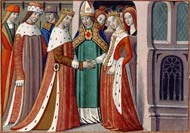


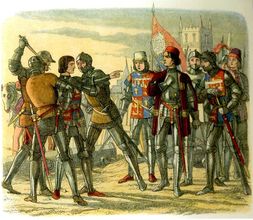
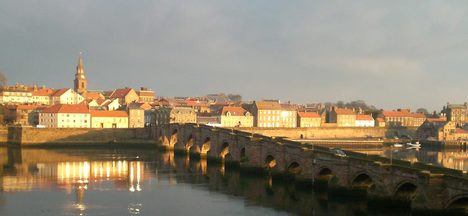
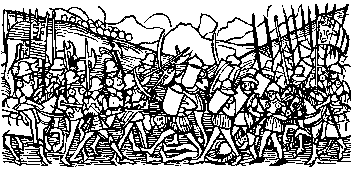
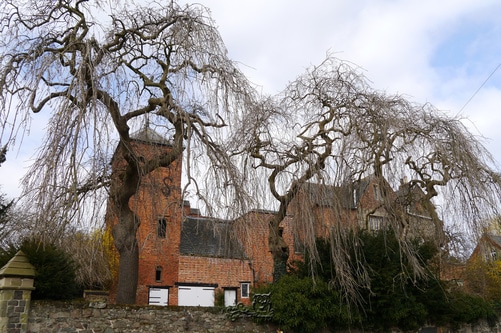
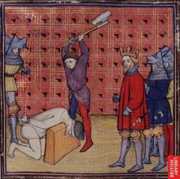
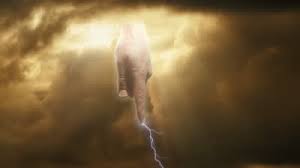
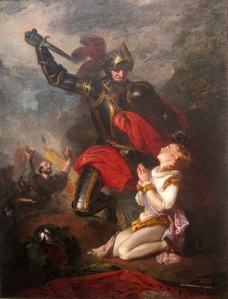
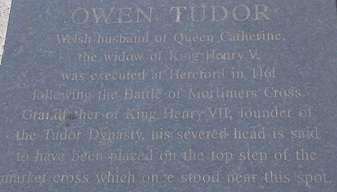
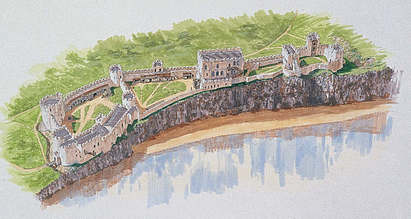
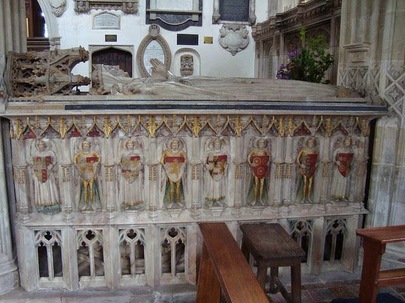
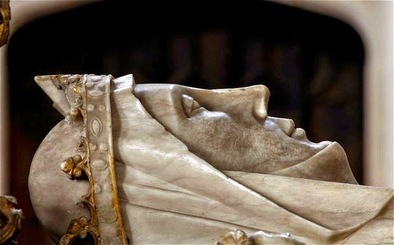
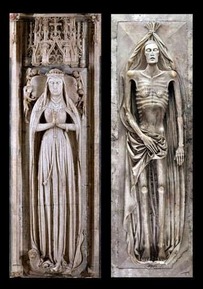
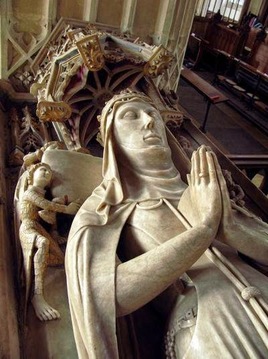
 RSS Feed
RSS Feed
